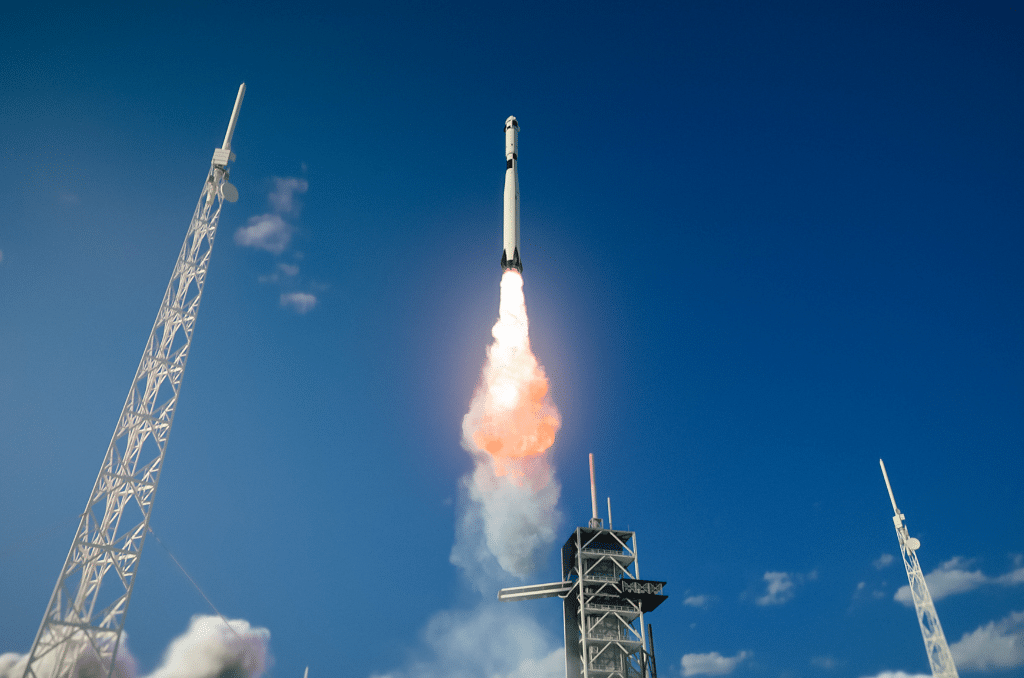In the grand tapestry of human history, space exploration has always held a mesmerizing allure, capturing the imagination and driving us to explore the cosmos beyond our earthly confines. Until recently, this extraordinary journey was the exclusive domain of astronauts and well-funded governmental agencies. However, in the last few decades, a new chapter in space exploration has unfolded, one that promises to open the cosmic frontier to a broader audience: space tourism. Advancements in technology, coupled with the daring vision of private enterprises, have ushered in a new era of commercial space exploration, offering individuals from diverse backgrounds the once-unimaginable opportunity to venture beyond our atmosphere and experience the awe-inspiring wonders of space firsthand. This paradigm shift marks not only a profound turning point for the space industry but also a transformative milestone for humanity’s quest to reach the stars. As space tourism takes flight, it beckons us to embrace the potential of a future where space travel is no longer confined to the elite few, but a dream realized for the many.

Embarking on a Revolutionary Age of Commercial Space Exploration:
Accessible to Private Citizens:
Space tourism has shattered the long-standing perception that space travel is reserved only for highly trained astronauts and government agencies. With private companies like SpaceX, Blue Origin, and Virgin Galactic pioneering this new frontier, spaceflight opportunities have become accessible to private citizens from diverse backgrounds. As a result, ordinary individuals, including entrepreneurs, scientists, celebrities, and even adventurous tourists, now have the chance to experience the awe-inspiring view of our planet from space and float in the captivating weightlessness of microgravity.
Expanding the Market:
The advent of space tourism represents a seismic shift in the space industry’s market dynamics. By catering to private individuals, the space tourism sector opens up new revenue streams and markets that were previously untapped. As the number of successful space tourism missions increases, it not only fuels competition among space tourism companies but also stimulates a broader interest in space-related industries. This burgeoning market offers potential for the development of novel space-related products, services, and experiences.
Advancements in Technology:
Space tourism’s emergence has spurred an intense wave of technological innovations. Private companies are investing heavily in research and development to create safer, more efficient, and cost-effective spacecraft and launch vehicles. For instance, reusable rocket technology, as demonstrated by SpaceX’s Falcon rockets, has substantially reduced launch costs and increased the frequency of space missions. These advancements have broader implications beyond space tourism, as they drive progress in aerospace engineering, propulsion systems, and materials science.
Reducing Costs and Increasing Accessibility:
One of the primary goals of space tourism is to make space travel more affordable and accessible to a broader audience. While the early stages of space tourism might remain relatively expensive, companies are actively working to reduce costs over time. Reusable rockets, streamlined manufacturing processes, and economies of scale are expected to contribute to lowering ticket prices and making space tourism accessible to a larger segment of the population in the future.
Inspiring Public Interest in Space:
The allure of space tourism has captured the collective imagination of the public worldwide. Every successful space tourism mission garners significant media attention, sparking enthusiasm and curiosity among people of all ages. This surge of interest in space exploration fosters a renewed appreciation for science, technology, engineering, and mathematics (STEM) fields. It serves as a powerful educational tool, encouraging students to pursue careers in scientific research and engineering, thereby bolstering the future of space exploration and technological progress.
Research and Science Opportunities:
Space tourism is not solely about providing thrill-seeking experiences to travelers. Several space tourism missions incorporate scientific research and experiments that capitalize on the unique environment of space. By conducting experiments in microgravity, scientists can gain valuable insights into fundamental scientific questions and develop technologies with applications both in space and on Earth. This intersection of tourism and research creates a mutually beneficial relationship, as revenue from space tourism can subsidize research and advancements in space science.
Bottom line:
In conclusion, space tourism heralds an exciting new era of commercial space exploration, breaking down the barriers that once limited access to the cosmos. As private companies continue to innovate and develop new technologies, the dream of traveling to space is becoming a reality for more people than ever before. This transformative shift not only fuels scientific progress and fosters international collaboration but also inspires a sense of wonder and curiosity about the universe. As we venture forth into the final frontier, space tourism paves the way for a future where humanity’s reach extends far beyond our planet, ushering in a new chapter of exploration, discovery, and shared experiences among the stars.









